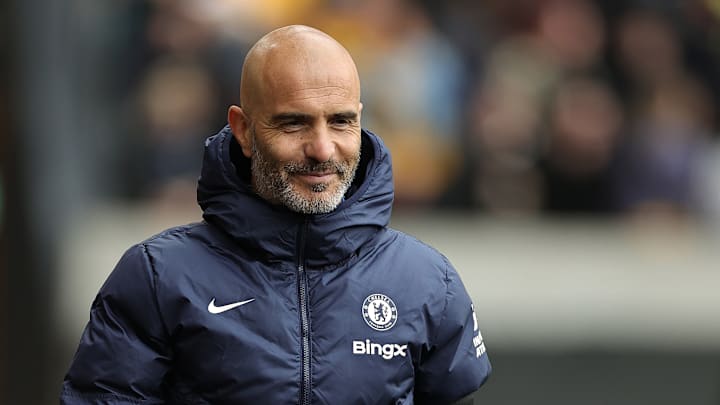Build-Up Play and Tactical Identity
Chelsea rank highly in slow, intricate build-up play - something that Maresca favors. We’ve seen clear examples of this in their matches, even in the opening game against Manchester City. Facing an opponent known for their high pressing, Chelsea remained committed to playing out from the back, a hallmark of Maresca’s approach.
Many expected Maresca's Chelsea to resemble a Man City-lite team, given his background as a former assistant to Pep Guardiola. However, what we’ve seen so far is a system that leans more towards Arne Slot’s Liverpool.
🚨Team playing styles for each team in English Premier league 2024-2025 season, UPDATED after GAMEWEEK 3.
— EPL - Analytics (@DataAnalyticEPL) September 3, 2024
SOUTHAMPTON has a clear style of play. 👀
🔴Manchester United's playing style is the same from last season.#PremierLeague pic.twitter.com/o5WepEUTra
Data supports this comparison. When looking at the sustain percentage - an indicator of how long teams retain possession in the opposition half - Chels' rank fifth-lowest in the league, two spots below Liverpool. This suggests that while CFC can dominate possession, they are also willing to mix it up and go direct when necessary, rather than obsessively trying to pin the opposition back.
🚨Average Ball Control above 75% of the Pitch for each team in English Premier league 2024-2025 season, UPDATED after GAMEWEEK 3.#PremierLeague pic.twitter.com/6AvArkfgLd
— EPL - Analytics (@DataAnalyticEPL) September 3, 2024
Directness and Flexibility
Chelsea's ability to alternate between a controlled, possession-based approach and more direct, high-tempo attacks is a key feature of Maresca’s system. The balance between these styles makes them less predictable and harder to defend against.
➡️A Direct play scenario!
— EPL - Analytics (@DataAnalyticEPL) September 5, 2024
🚨Direct Attack against Direct Speed for the teams in English Premier League 2024-2025, UPDATED after GAMEWEEK 3.#PremierLeague https://t.co/s87eHY6HTx pic.twitter.com/gLc2ihAo2Q
However, shot conversion has been a concern, particularly in games against Crystal Palace in the Premier League and Servette in the Conference League, where the team struggled to capitalize on its opportunities.
